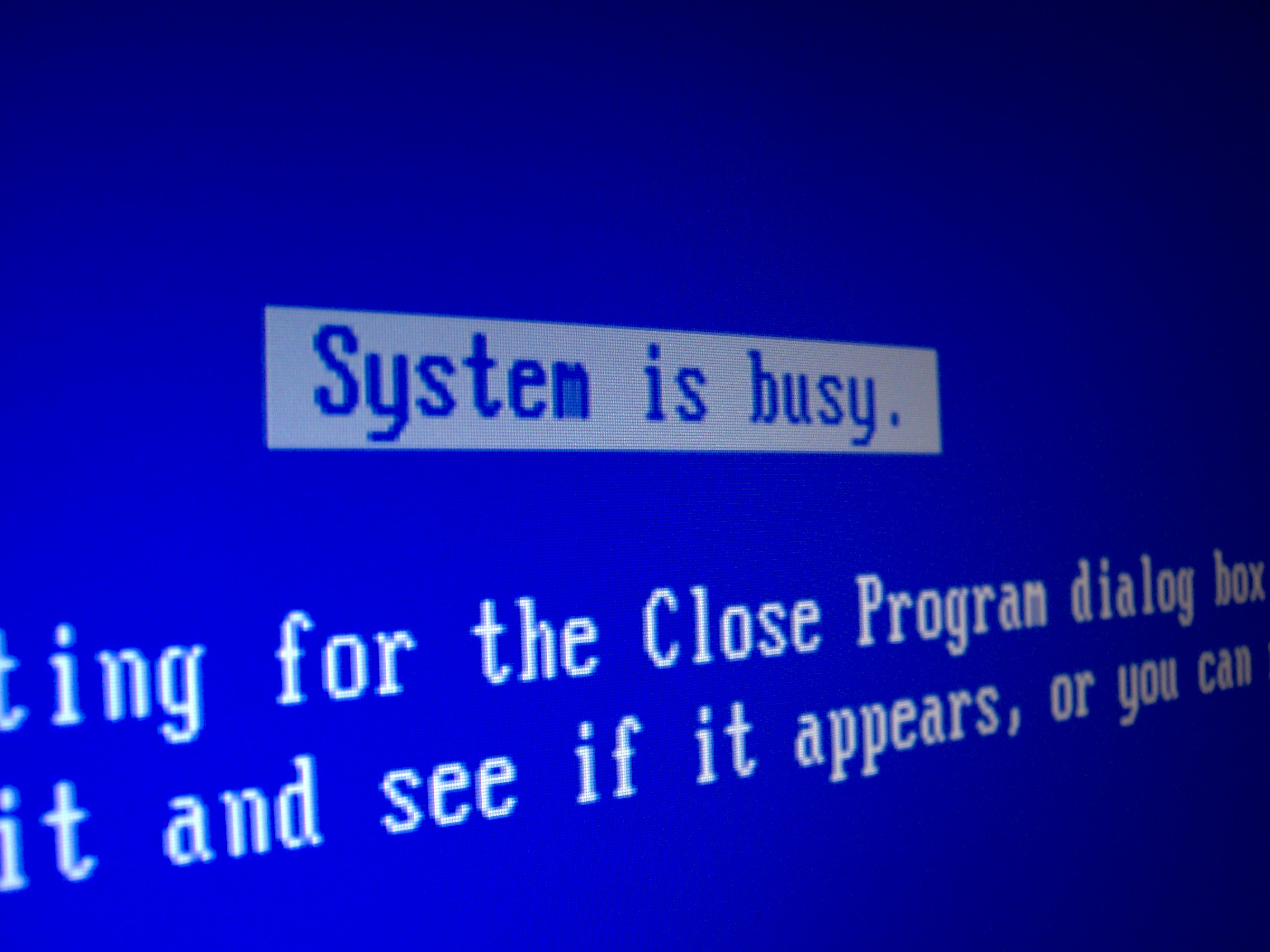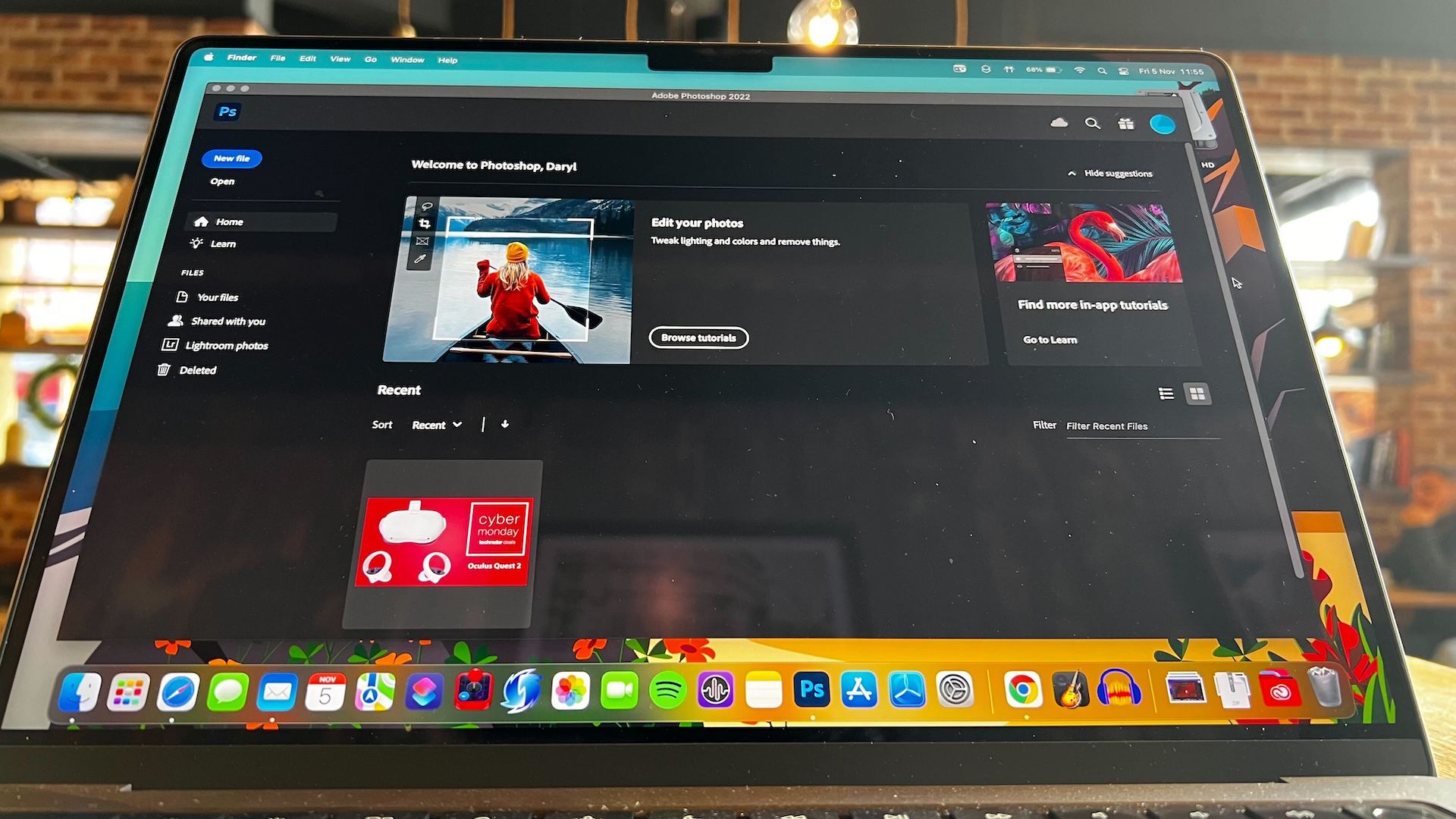5 surprising things you can do with remote desktop software
A guide to some little-known uses for remote desktop software.

Remote desktop software has taken the world by storm over the last 18 months or so. As a result of the Covid-19 pandemic, businesses from a broad spectrum of industries have had to allow their staff to work remotely. For some, these hybrid work policies are likely to become permanent.
Virtualization tools have enabled workers to remain productive even when away from the office for long periods but, for many individuals, they still represent a new and little-understood aspect of their job role. Whether your organization is employing remote desktop tools, virtual machines, or any other kind of remote access software, it’s a good idea to delve a little further into what these solutions are all about.
In this article, we’ve listed five of the more surprising things you can do with remote desktop software:
- These are the best cloud hosting services on the market

1. Create your own personal cloud server
Cloud computing has become extremely useful for businesses, providing them with flexibility, scalability, and affordability benefits. While remote desktop software isn't usually thought of in the same way, employees can use it to create their own personal cloud server.
With most modern smartphones and tablets boasting remote desktop protocols, employees can leave their work devices behind and continue to access any resources they have stored there as if they were located in the cloud. You can edit documents, transfer files, and access applications remotely over an internet connection - which essentially describes how cloud solutions work.
With remote desktop software, it’s easy to transform your work device into a small cloud server that lets you work wherever you need to.

2. Test new software
For businesses, installing new software always comes with potential risks. It is difficult to know exactly how a new program will interact with existing software until it’s too late. Rolling back a major installation can take time, which may mean that your customers are subjected to disruption or your employees to unwanted downtime.
Are you a pro? Subscribe to our newsletter
Sign up to the TechRadar Pro newsletter to get all the top news, opinion, features and guidance your business needs to succeed!
Fortunately, remote desktop software can assist with new software installations. Remote desktops can easily be isolated from other parts of your corporate network, providng the perfect trial environemtn for any new pieces of software. IT managers can install the new software on a remote newtwork, test it, see how it interacts with other tools and move forward from there. If the new software runs effectively, it can be deployed on a larger scale, or further configuration tweaks can be made if needed. Either way, it gives you some extra flexibility before your launch a new app company-wide.

3. Isolate viruses
Perhaps you suspect that an essential file has been infected by a nasty virus. This leaves you with a dilemma. Avoid clicking on the file and go without important information, or take a risk and potentially infect your entire computer (or network). Remote desktop software provides a third option.
Because remote desktop tools allow users to take a snapshot of the virtual desktop, users can create an image of their device before they open the suspicious file. Once you’ve clicked on the file, you can shut down and load up your snapshot should the suspected malware infection develop. The remote desktop essentially provides you with a safe environment where you can turn back the clock should you face a virus infection.

4. Keep your work and personal lives separate
There has been much debate over whether remote working helps or hinders productivity. While some observers have argued that allowing employees to work from home means they can avoid dead time around commuting, others have said that it leads to a lot more “screen watching” or wasting time on social media sites.
Certainly, the use of a personal device for work could increase the number of distractions your workers face. Using a personal laptop probably means that accessing accounts like Facebook, YouTube, and Instagram is quicker and easier to do. That five-minute break can easily turn into an hour-long skiving session.
Remote desktop software, however, lets employees use their personal devices while keeping a clear division between their work and personal lives. With a remote desktop tool, although an individual may physically be using their personal laptop, everything they see (from the web browser to the applications) will be just as if they were sitting at work. Of course, this won’t completely eliminate distractions (that’s not really possible with the internet) but it will help shift mindsets, ensuring your staff feel as though they’re in the office, even when they working from their spare room.

5. Access powerful software
For some workers, the use of a remote desktop application will be primarily to access the kinds of tools that they could just as easily load up on their personal devices. For employees that mainly send emails and type up work documents, remote desktops mean that they don’t have to set up entirely new file management structures on their home devices - but they could be viewed as convenient rather than essential.
For other jobs, however, individuals will require the kind of software that would prove very difficult for them to access at home. For example, workers in the creative industries may use graphical software that demands the kinds of specs that personal devices are less likely to offer. Of course, these devices could be upgraded but this could represent a significant financial burden. Instead, remote desktop software can enable your staff to access these tools on their home devices.
What’s more, many remote desktop solutions are capable of delivering powerful tools without any lag. This means your employees can enjoy their usual high-level business software without having to fork out for new licenses all over again.
- We've come up with a guide that explains Remote Desktop vs Virtual Desktop vs Virtual Machines
Barclay has been writing about technology for a decade, starting out as a freelancer with ITProPortal covering everything from London’s start-up scene to comparisons of the best cloud storage services. After that, he spent some time as the managing editor of an online outlet focusing on cloud computing, furthering his interest in virtualization, Big Data, and the Internet of Things.
